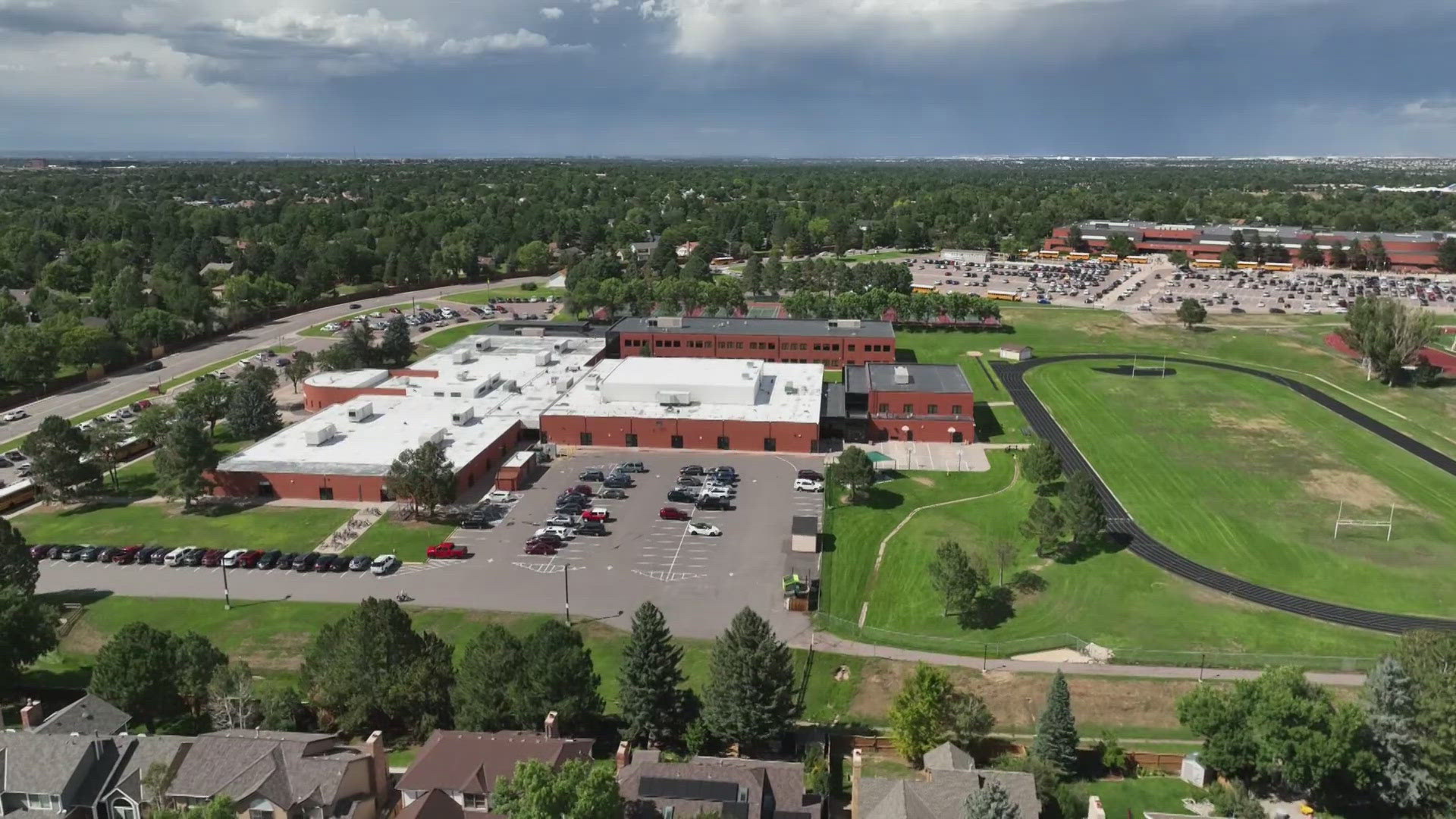DENVER — State lawmakers and Democratic Gov. Jared Polis celebrated that Colorado schools are fully funded for the first time in decades at the end of the legislative session.
So, if schools are fully funded, why are some school districts going to ask voters either for more money or to borrow money?
“Schools got fully funded this last year back to 1989 levels of funding when you adjusted for inflation,” Cherry Creek Schools Chief Financial Officer Scott Smith said. “Colorado schools continue to rank at the bottom of the 50 states in the terms of how much we invest per pupil.”
The state has an equation to determine how much each district gets for each student.
That total is funded by local property taxes, except most local property taxes do not reach the total. The state is supposed to backfill the difference. “Fully funded” means that the state will cover the total difference without subtracting any dollars.
“Colorado K-12 schools got cut over $11 billion in the last decade and a half, and there's been no talk about repaying that money back to schools,” Smtih said.
Cherry Creek School District ballot proposals
This week, Cherry Creek’s school board approved a mill levy override and bond question for the November ballot. A mill levy override is a property tax increase. Raising a mill increases the amount a property owner pays to that district.
“The only way to grow the size of the pie to ensure that we have great programs and classes for our kids and ensure our educators get paid well is to go to our local voters to ask for an increased override,” Smith said.
Cherry Creek’s question would add about $15 a month on a $500,000 home. It’s about $3 a month on $100,000 of a home’s value.
“The first will be a mill levy override, which is just for operational needs that would be lowering class sizes or paying your teachers more or having new programs offered in your school,” Smith said. “The second question is for bonds, which are debt, and those can only be used on buildings and other capital infrastructure that has a useful life longer than five years. Think of fixing existing buildings, building new schools, buying buses and technology and the like.”
The mill levy override would generate $9 million in the first year. Mill levy overrides cover higher teacher pay and other operational costs. Bond measures cover maintenance and new buildings.
Part of Cherry Creek’s bond proposal would replace Laredo Middle School with a new school built on a field next door, and the first bullet point on the district’s website about the bond proposal is literally about bullets: “ballistic window film.”
“This product is intended to ensure that the glass doesn't shatter and that folks cannot enter the building that way and gives us time to lock down the building and time for law enforcement to arrive,” Smith said. “This last bond we delivered on a promise to put secure vestibules in all of our buildings so that you have to go through multiple doors before you can get in.”
Aurora Public Schools ballot issues
“We're doing a bond, a billion-dollar bond question,” Aurora Public Schools Chief Financial Officer Brett Johnson said.
The part of the property tax that residents in Aurora Public Schools pay is about to go down. Aurora Public Schools wants voters to approve a new mill, a new property tax, that will have residents still paying the same total amount.
“We've found a way to ask approval for something that will not increase their taxes simultaneously, and I think that's compelling,” Johnson said. “The bond mills would go down in the same amount that the new capital mill would come in place. So, from a total tax rate, a net tax rate, we are affording our voters two questions that will come at no net tax increase to voters.”
If Aurora Public Schools gets what it's asking, residents will not see a drop in their property tax, and the district can fund maintenance and new projects.
“We're asking for a mill levy sufficient to fund $30 million worth of annual building maintenance costs: replacing roofs, boilers, and those ongoing things that any building needs to keep the lights on it,” Johnson said.
Just like Cherry Creek Schools, Aurora also wants to rebuild its Laredo Elementary School and build new schools in the eastern part of the district.
“Those three P-8s and a high school, alone, will cost $500 million for the district to accommodate those new homes that are rapidly being built out there,” Johnson said. “The goal of what we've been planning for is to try to accommodate the needs of the district at in a way that we don't have to ask our voters to pay a tax rate higher than what they're currently paying for.”
No, the pot tax does not fund schools like you think
For those of you shouting, “What about the pot tax?” the marijuana tax that goes toward schools is for building improvements through the BEST, Building Excellent Schools Today, program.
The pot tax does not fund schools as so many people believe. It funds a building improvement account that schools can access, but that account is mainly used by rural districts and is a fraction of total school funding.

